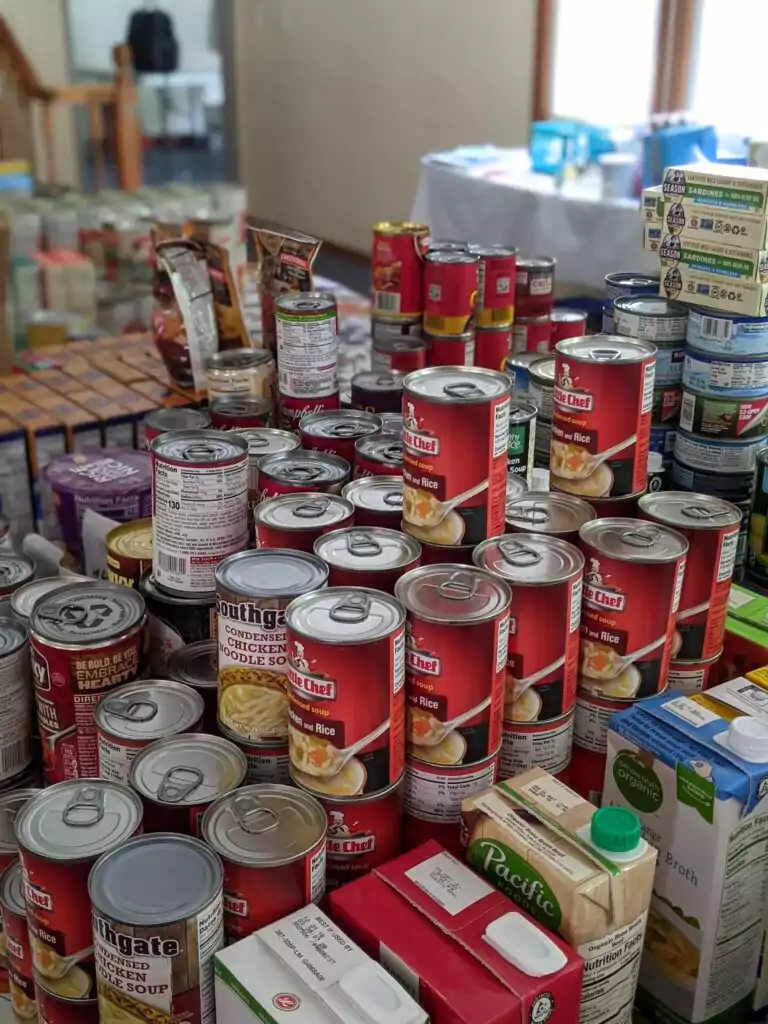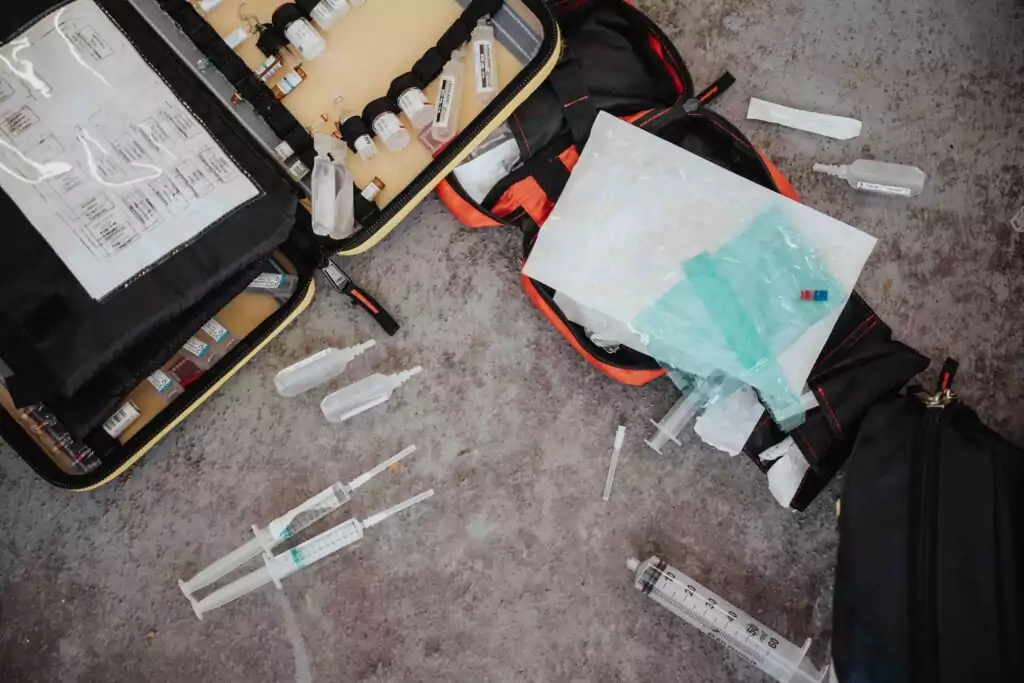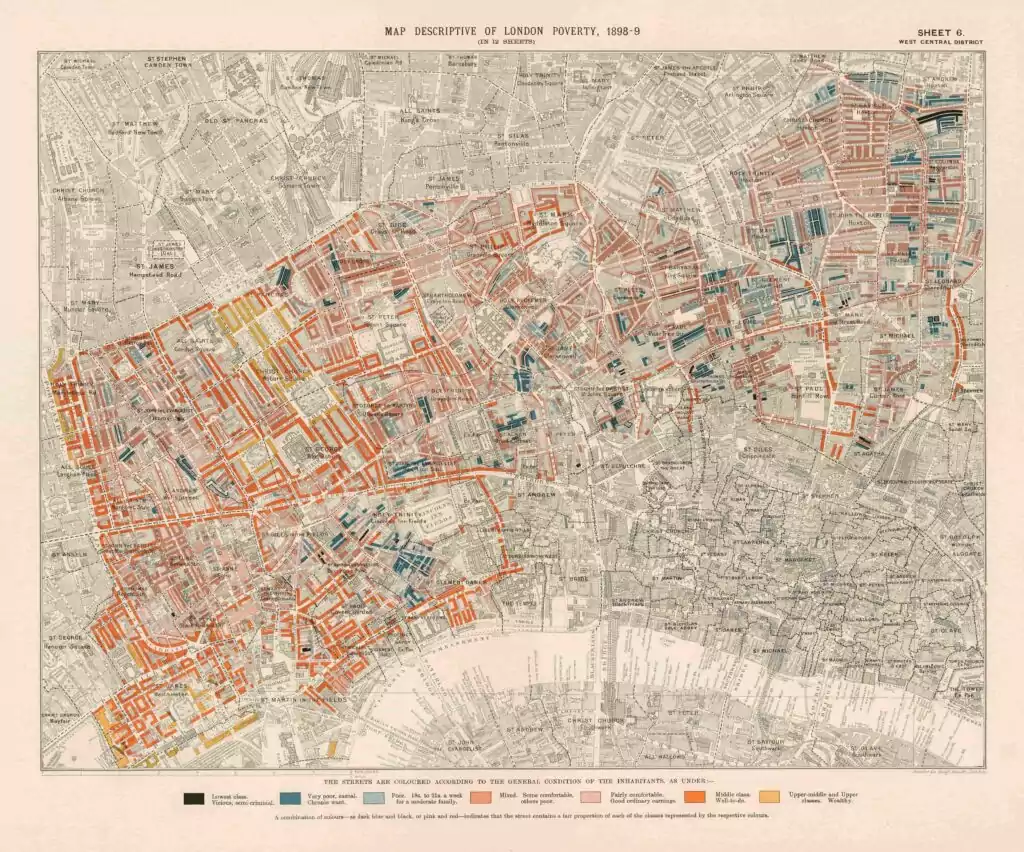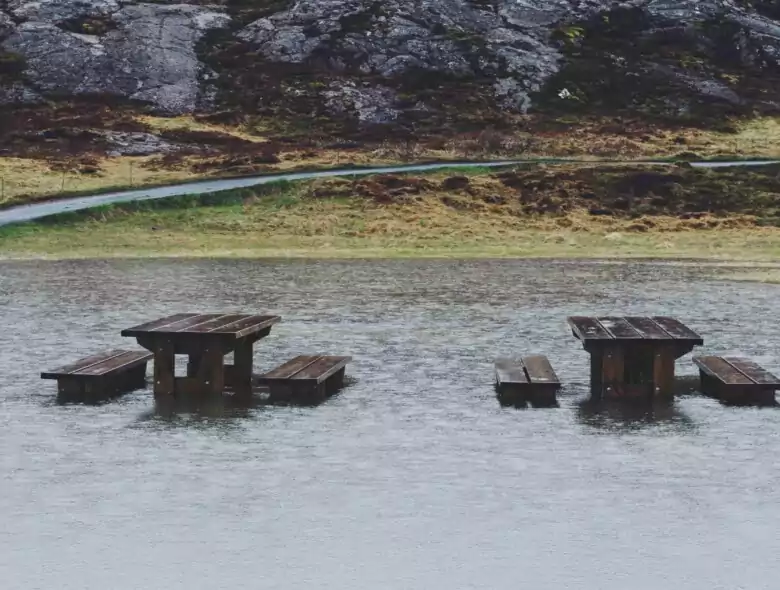The average number of typhoons in the 30-year period from 1991 to 2020 is about 25 per year, of which 12 come close to Japan and 3 make landfall. In particular, the Kyushu region can be said to be the “path of typhoons” as 40% of all typhoons make landfall in the region, led by Kagoshima Prefecture (42 typhoons), which has had the highest number of landfalls since statistics began in 1951.
Most typhoons occur far south of Japan, near the equator. Typhoons have no propulsive force themselves, and at low latitudes, they move northwestward on easterly winds, and at mid-latitudes they move eastward on westerly winds to the vicinity of Japan. During their journey, they are driven by the updrafts created by high sea water temperatures and arrive in Japan.
In this issue, we would like to introduce how to prepare for typhoons that rage from August to October every year, disaster prevention goods, and points to keep in mind when selecting rental properties.

Preparation in Advance
Although it is difficult to predict the path of a typhoon, it is a relatively easy disaster to prepare for because the time between its occurrence and its approach can be predicted. Here are some typical measures to prepare for typhoons.
(1) For windstorms prepare by moving small items left out in the garden or on balconies indoors.
Bicycles, clothes-drying racks, etc., should be knocked down and secured with ropes in advance.
Tape over windowpanes (to prevent objects from flying out and breaking).
(2) For heavy rain prepare sandbags to prevent flooding
(3) For a power outage prepare flashlights, lanterns, candles, etc. Lighting tools, Cassette stove
(4) Secure water (keep a bathtub for toilets)
In the past few years, awareness of natural disasters has been increasing in society as a whole, with “disaster prevention goods and sets” attracting attention and the Japanese government creating check sheets.
The content of “preparedness” is also changing with the times. For example, in recent years, mobile batteries have become commonplace due to the spread of smartphones and other devices, while infectious disease prevention goods such as masks, alcohol disinfectants, and thermometers have become commonplace due to the Corona Disaster.

Disaster Prevention Life Hacks
Many people are always thinking “I need to prepare for disasters,” but are too busy to do so.
What should they take with them when an emergency occurs? At such times, an unexpected daily necessity can be useful as a disaster prevention item. It is “food wrapping film,” which can be used in a variety of ways.
(1) Covering dishes to save water
Eliminates the need to wash dishes because they do not come in direct contact with food.
(2) Roll it up and use it as a sponge for washing dishes.
This sponge is useful in times of disaster, even if you cannot take it with you.
(3) Thinly twisted rope
A long piece of plastic wrap can be as long as 50m. *Strength is increased by braiding.
(4) Wrap and deodorize
Wrap food scraps, diapers, etc. to seal in odors with high adhesive strength.
(5) Wrap gloves over hands
Essential for preventing infectious diseases in evacuation shelters.
(6) Keep warm by wrapping it around your body
Keeps out the wind and helps maintain body temperature. Wrap it over a towel to keep you even warmer.
(7) As a bandage
It can be used over gauze to hold a wound, or as a triangular bandage for hanging an arm.
Turn everyday items into disaster prevention items with a little ingenuity!
You may find unexpected disaster prevention items close at hand in your daily life.

Hazard Map
What are the conditions for choosing a rental property? There are various factors such as rent, layout, age of the building, structure, and surrounding environment, but one point that you may not be aware of is the hazard map. Explanation of disaster risks such as “flood hazard maps,” “landslide hazard maps,” and “tsunami hazard maps” is mandatory in the explanation of important matters when signing a lease contract, and with the increase in disaster awareness in recent years, checking risks in advance has become one of the requirements. The Ministry of Land, Infrastructure, Transport and Tourism (MLIT) has a “Disaster Portal” on its website where you can view various types of disaster prevention information.
Conclusion
In this report, we have described various types of natural disasters, starting with typhoons, but after all, you never know when or where a natural disaster will occur. Even if you pay attention to hazard maps and disaster risks, it is a fact that “no land is 100% safe.
However, by understanding deeply what kind of place “the land where you live now or are going to live in the future” is, you can be prepared and ready to protect yourself from unexpected disasters.



